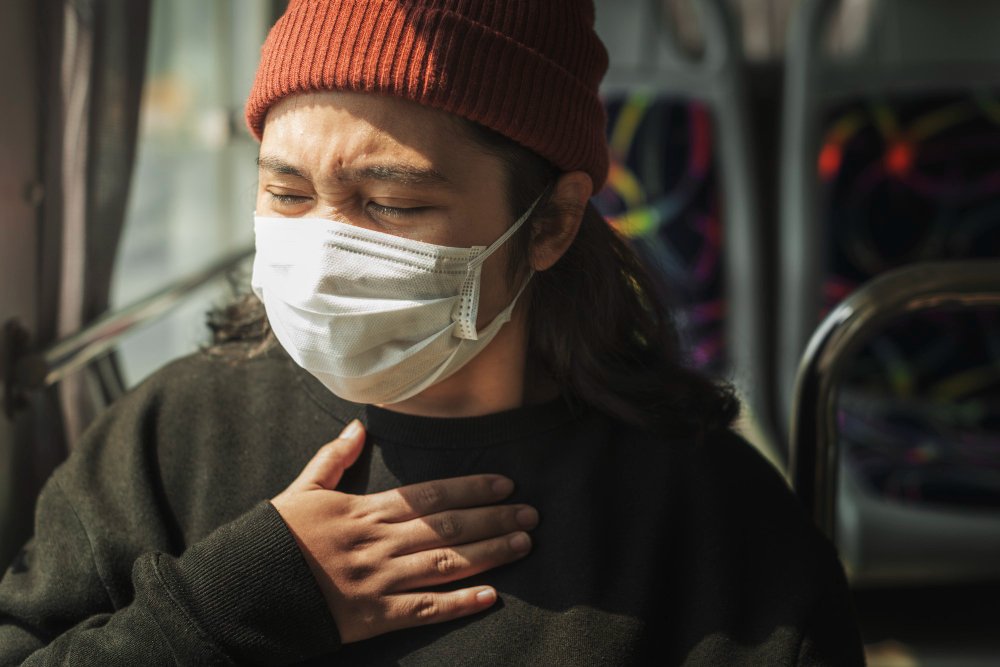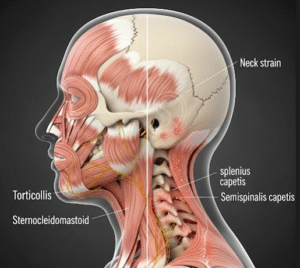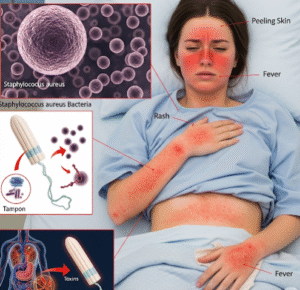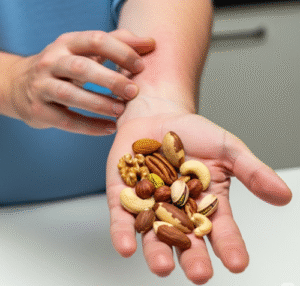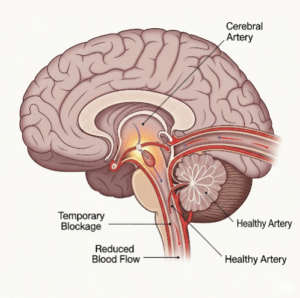Overview
Avian Influenza, also known as “bird flu,” is a viral infection primarily affecting birds but can occasionally infect humans. Certain strains, such as H5N1 and H7N9, are particularly dangerous and can lead to severe respiratory illness and high mortality rates in humans. South Korea has reported occasional outbreaks, prompting significant public health responses to contain transmission from birds to humans.
What is Avian Influenza?
Avian Influenza is caused by influenza Type A viruses that naturally occur in wild birds and can spread to domestic poultry. Human infections happen rarely, usually through direct or indirect contact with infected birds or contaminated environments. The disease in humans can range from mild conjunctivitis to severe pneumonia and even death.
Symptoms
Symptoms may appear 2–8 days after exposure and include:
- High fever (often above 38°C)
- Cough
- Sore throat
- Muscle aches
- Difficulty breathing or shortness of breath
- Diarrhea and abdominal pain (in some cases)
- Conjunctivitis (eye infection)
- Acute respiratory distress syndrome (ARDS) in severe cases
Causes
- Direct contact with infected live or dead birds
- Contact with contaminated surfaces or environments (e.g., poultry markets)
- Exposure to bird droppings or secretions
- Rarely, limited human-to-human transmission in close-contact settings
Risk Factors
- Working in poultry farms or wet markets
- Handling sick or dead birds
- Visiting live bird markets
- Consuming undercooked poultry or eggs
- Lack of proper personal protective equipment (PPE)
Complications
- Viral pneumonia
- Multi-organ failure
- Sepsis
- Acute respiratory distress syndrome (ARDS)
- Death (especially with H5N1 and H7N9 strains)
Prevention
- Avoid contact with live or dead birds, especially during outbreaks
- Cook poultry and eggs thoroughly
- Practice frequent handwashing
- Use personal protective equipment if working in poultry environments
- Monitor travel advisories and avoid affected areas
- Public health surveillance and culling of infected birds
Treatment Options in Korea
South Korea has an advanced public health infrastructure and response system for handling zoonotic infections like Avian Influenza.
- Diagnosis
- Nasal/throat swabs for RT-PCR testing
- Chest X-rays or CT scans for respiratory complications
- Blood tests for inflammatory markers and liver/kidney function
- Medical Treatment
- Antiviral medications such as oseltamivir (Tamiflu) or zanamivir
- Supportive care including oxygen therapy, fluids, and mechanical ventilation if needed
- Hospital isolation to prevent spread
- Preventive Measures and Vaccination
- Seasonal flu vaccination may reduce co-infection risk
- Vaccine development efforts for avian flu strains are ongoing
- Public health campaigns and poultry industry monitoring
- Culling of infected poultry by Ministry of Agriculture, Food and Rural Affairs (MAFRA)

